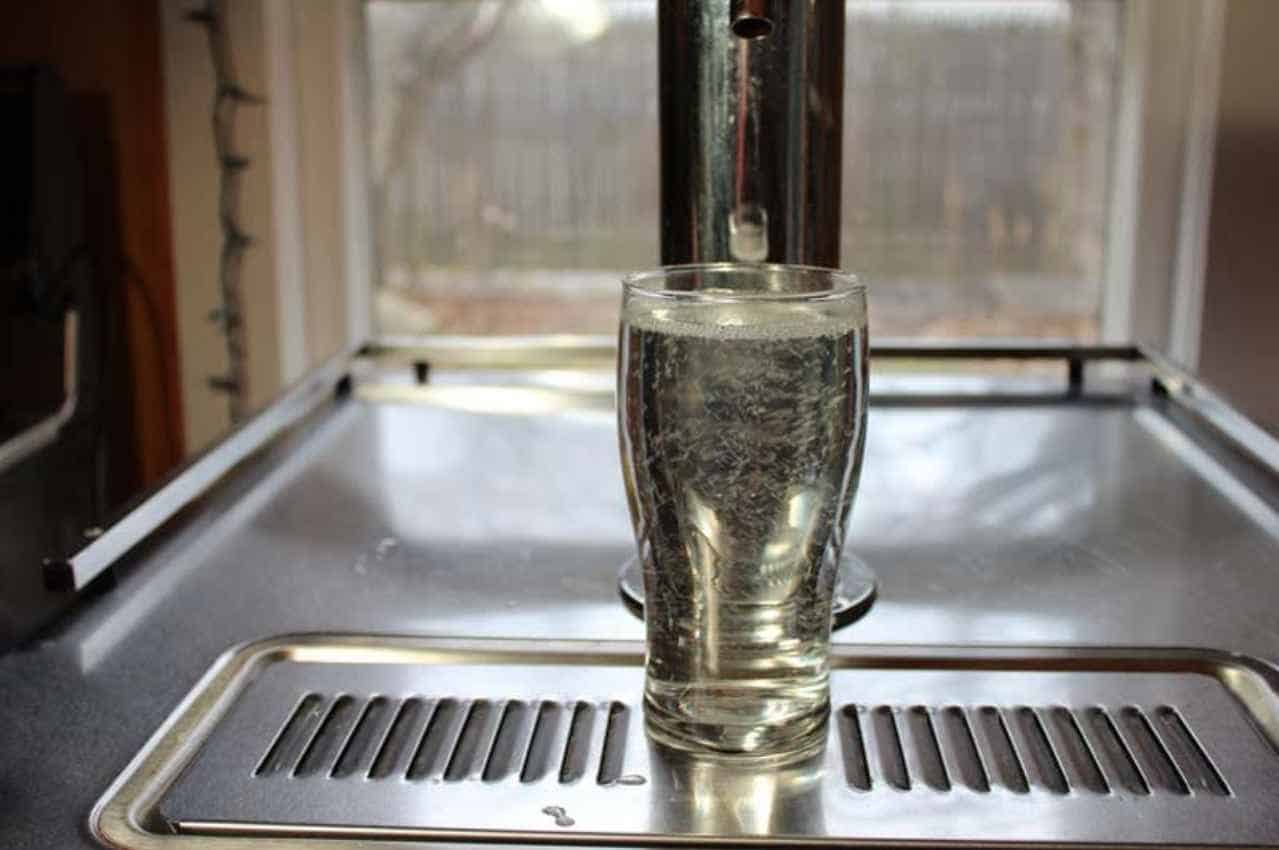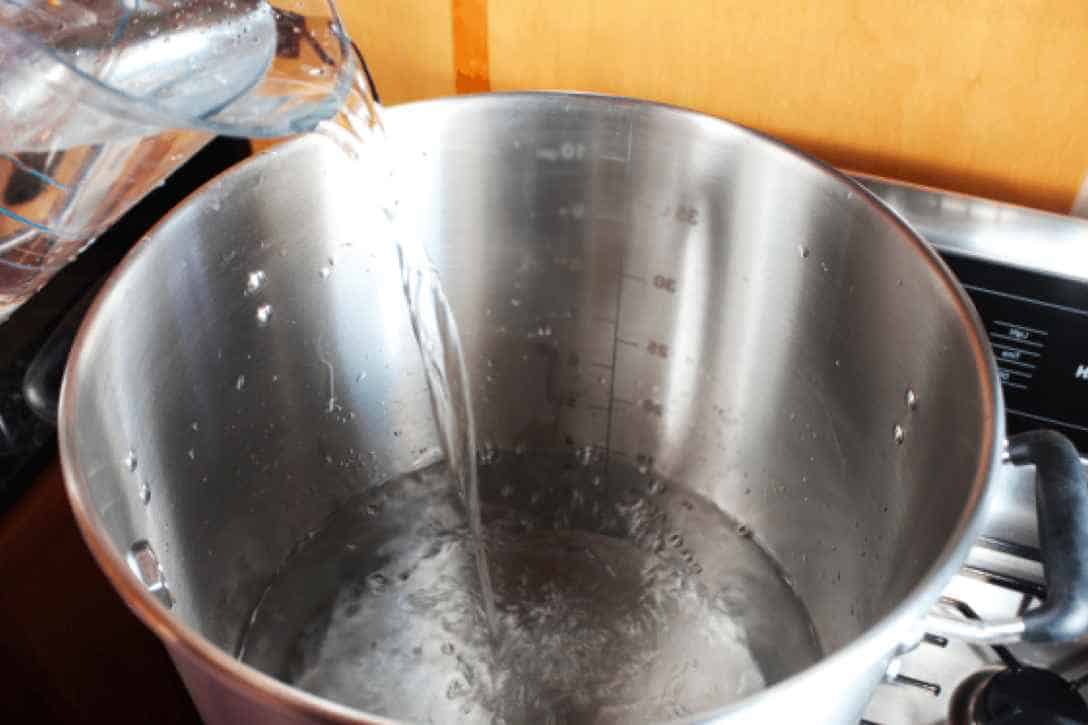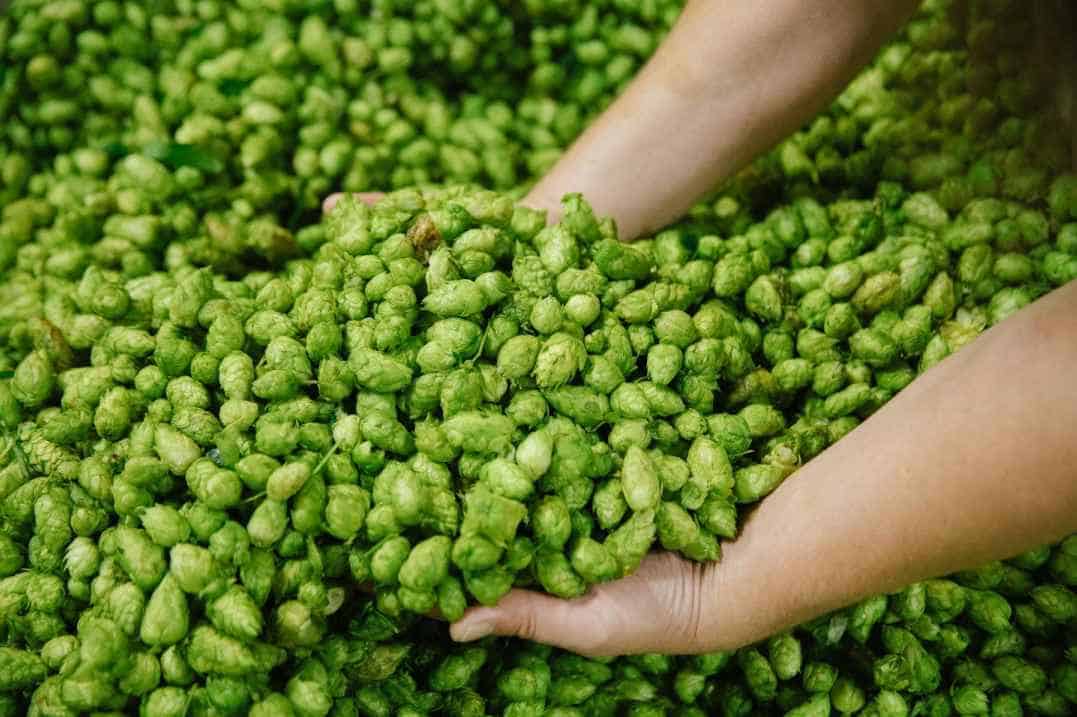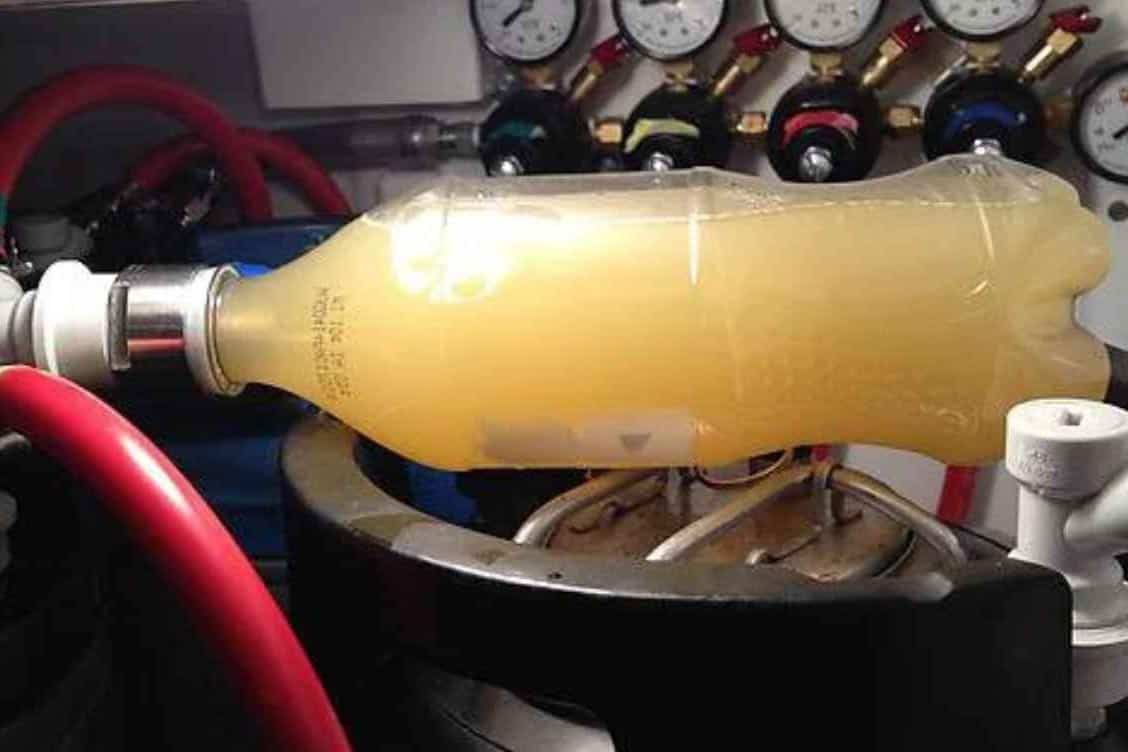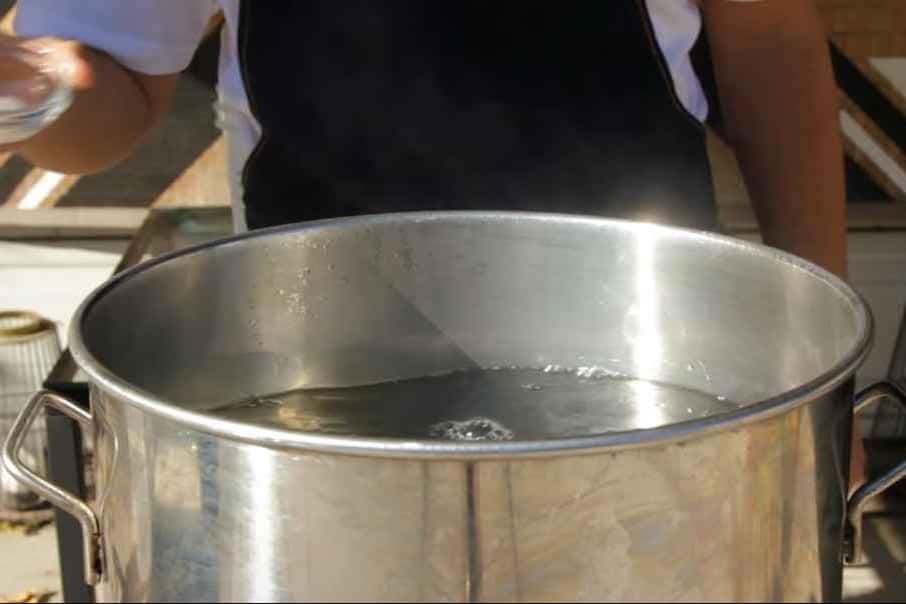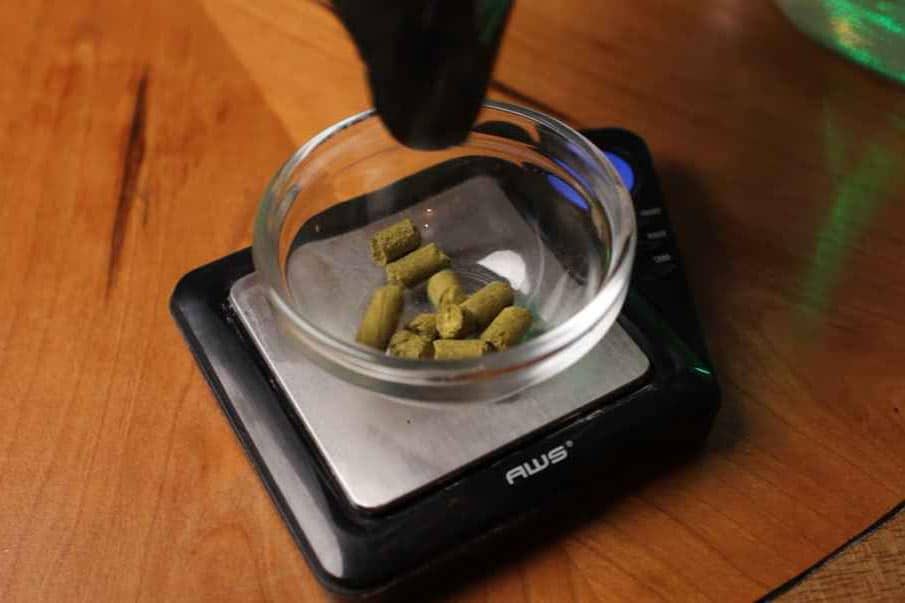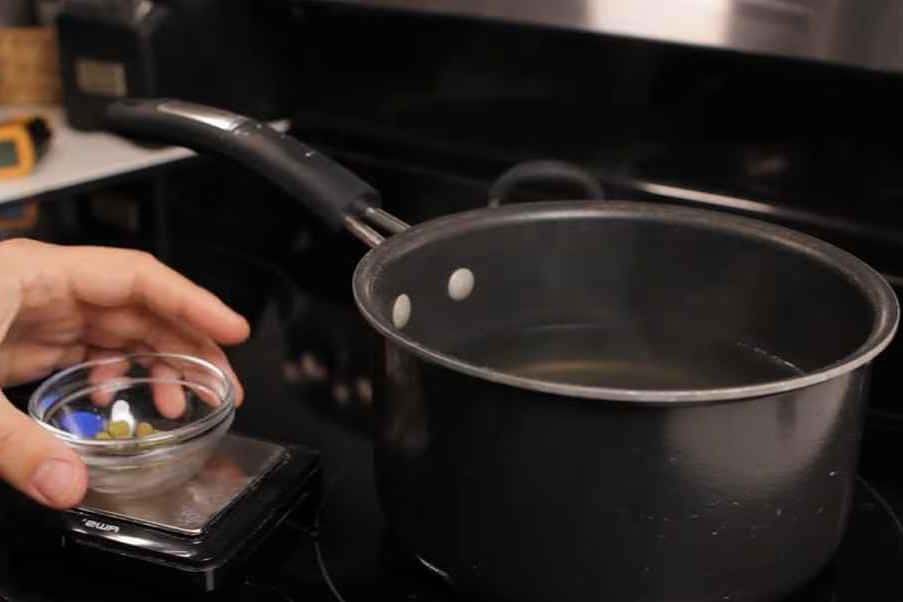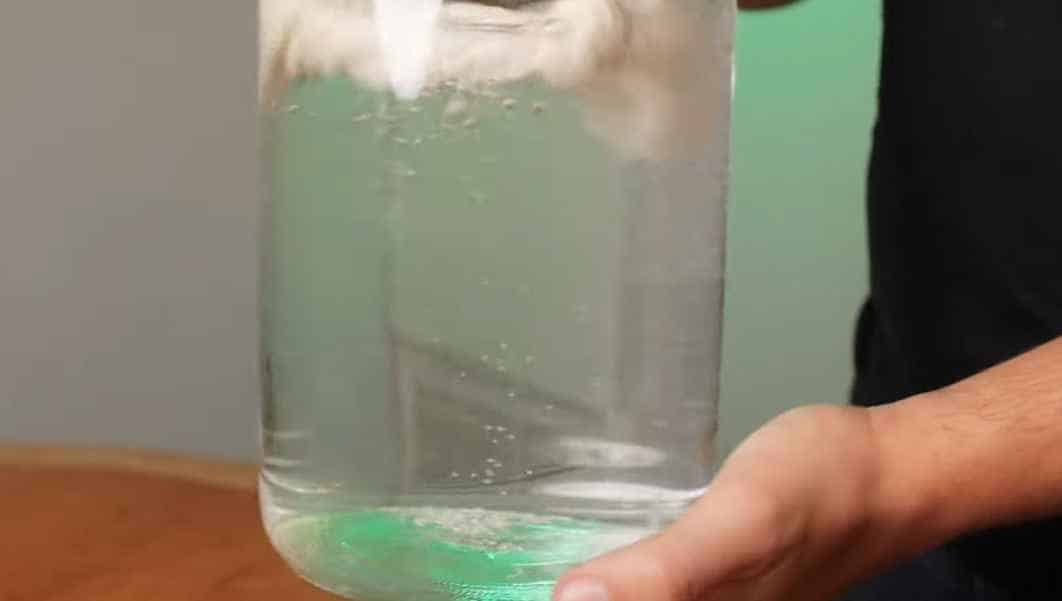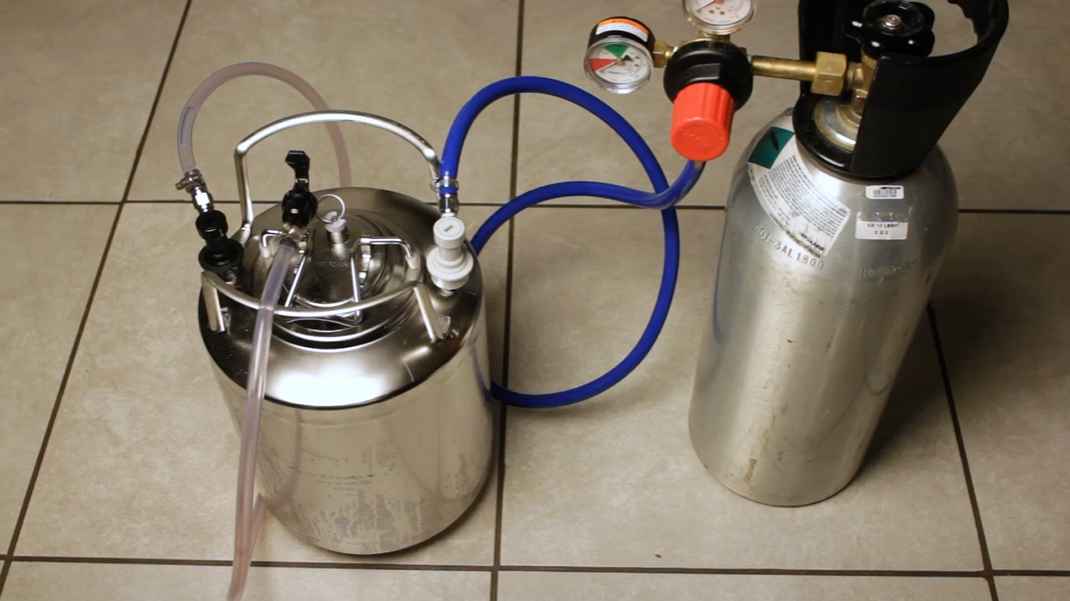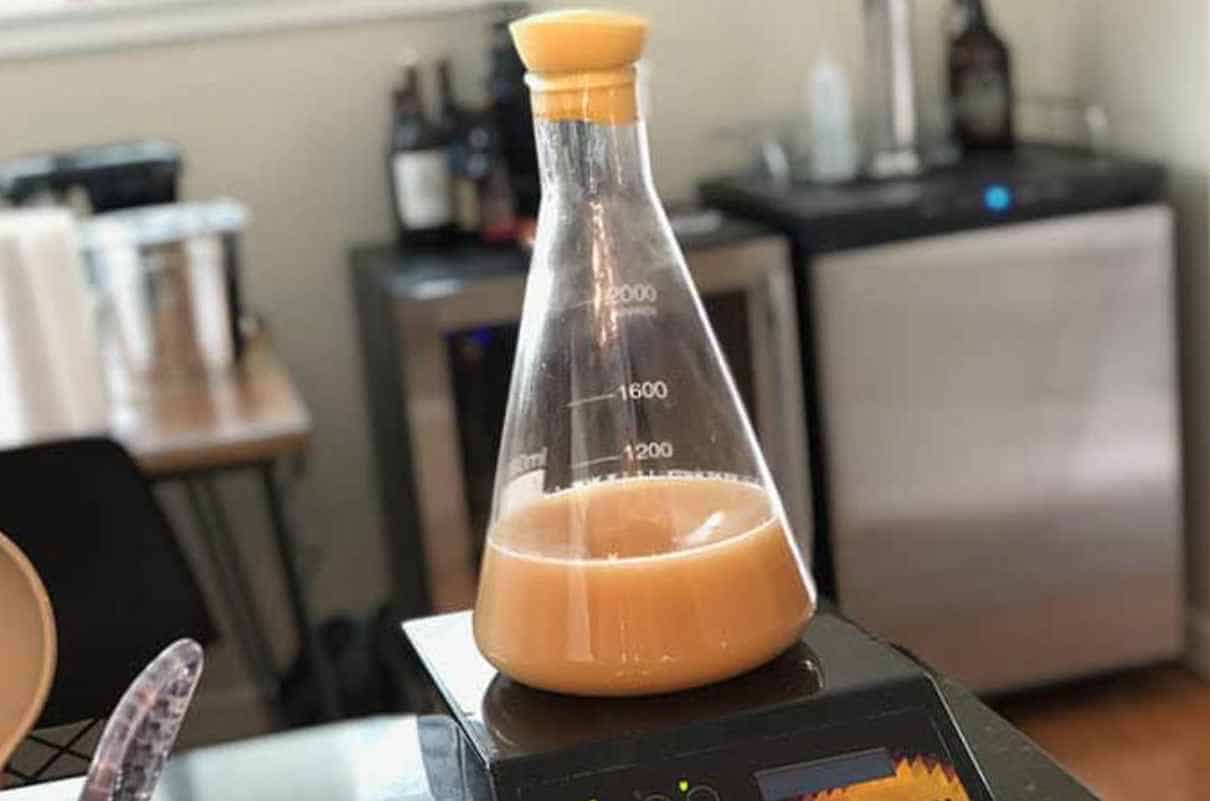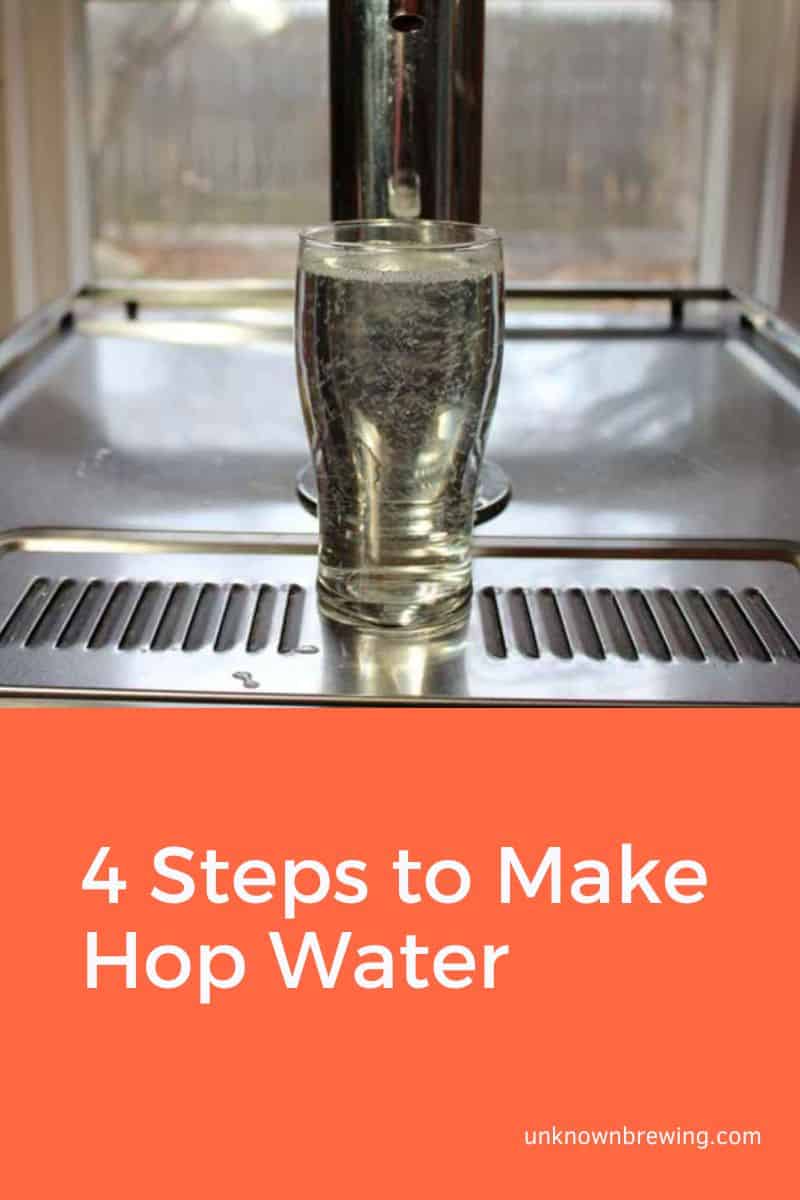When life gives you lemons, sometimes the best thing you can do is make lemonade – but other times, you just want to kick back and relax with a homemade cold brew made from hops!
Making homemade hop water (also known as hopped water or infused water) might seem like a daunting task at first glance, but trust us: it’s easier than you think.
Plus, it’s a great way to experiment with different flavors and add some zest to your daily hydration routine. Let’s take a deep breath and jump into the world of making hop water together!
First things first, though: why hop water?
There’s no denying that hoppy beers have exploded onto the brewing scene over the past few years, thanks largely to their bold and pungent flavor profiles. But if you’re not a fan of alcoholic drinks or simply want something lighter and more refreshing, then making hop water could be your new favorite craft project.
With so many options available in flavoring, there’s truly something out there for everyone. You can add fresh herbs, fruits, and spices to your infused waters; I mean, the options are limitless.
So let’s put those extra hops into good use by transforming them into delicious, healthy, and easy-to-make hop water!
Now that we’ve convinced you to give homemade hop water a try, let’s talk supplies. Here’s what you’ll need:
Ingredients
Whether you’re in a kitchen or a brewhouse, a good recipe requires the right ingredients. But what ingredients do we need to make a fizzy batch of hop water? The name “Hop Water” gives us a clue. But what kind of water and hops do you need?
Water Treatment
What would hop water be without water; just hop? Yuck! Just thinking about it irks my tongue, but I digress. You need water to make hop water. But what kind of water?
Hop water is like soda water, and both have low pH levels. So with the same reasoning, we need low-pH water, ideally 4.5 pH.
You can use tap water to make hop water. But therein lies our problem; tap water has a higher pH, 6-7 units. So how do we lower this pH to our target pH of 4.5? Duh, we need an acid. But what kind of acid?
There are two effective strategies for lowering water pH. You can squirt in some lactic acid or squeeze a few drops of lime, lemon, or orange juice. The advantage of taking the fruity route is that it adds that lemony zestiness that will enhance the flavor of your hop water.
Hop Selection
I mean, it’s in the name; you need hops to brew hop water. Hops add bitterness and flavor to your hop water. And in terms of flavor, you have a wide variety to choose from.
You can brew spicy, fruity, earthy, or woody hop water. Literally, any flavor you want; it’s at your fingertips. Just choose the hops that infuse the flavor you want. And you can mix and match your hops too.
But for this demonstration, we’re headed to Germany, on the slopes of the Hallertau. In case you haven’t guessed it yet, we’ll be using Mount Hood hops. This selection will add earthy and herbal notes with a touch of spice. That’s exactly what you need in your cold glass of hop water.
Brewing Equipment
With our hops bought, it’s time to shop for equipment. Below are some of the tools you’ll need to brew a batch of hop water:
- 1 Brew Kettle
- 1 Hop Basket or Hop Sock
- *1 mini Keg or Some Empty Beer Bottles
- 1 Carbon Dioxide Tank
- 1 pH Meter
- Some sanitizer
*Note: For carbonation, you can either use a mini keg or a beer bottle. Each method is effective.
Video Source:
Step-by-Step Instructions for Making Hop Water
And now to the fun part; making hop water. Below are the steps to follow when making hop water:
Step 1: Prepping Your Brewing Equipment and Ingredients
Before we can get to brewing, we need to prepare our equipment and ingredients. It’s like cleaning your countertop and chopping your ingredients before cooking.
Prepping Your Brewing Equipment
Whether you’re brewing beer or hop water, hygiene is important. And like a ritual, we always start by sanitizing our equipment.
Sterilize your brewing equipment by soaking or cleaning them with some sanitizer. If you’re going the mini keg route, unscrew the top and pour in some sanitizer. Spin it around a few times, ensuring the sanitizer cleanses the entire inner surface. As for the bottles, soak them in sanitizer for 10 minutes.
If it touches your precious hop water, sanitize it. Use this slogan whenever in doubt. To learn more about sterilizing brewing equipment, check out this article.
Prepping Your Ingredients
As I said before, you can use tap water, but its pH is a little on the high side. You need to lower tap water’s pH from 7 to 4.5. What magic trick do you need to master to accomplish this? None, just a little science.
First, we’ll take a pH reading of our tap water. To do so, fill your brew kettle with tap water. And while that’s filling up, draw out a sample and take some pH readings. Depending on your water supplier, you get water pH readings that range between 6 and 7, sometimes a little higher.
You can lower the pH with lactic acid, which is effective, but it has little to no impact on hop water taste. Alternatively, you can squirt in some lemon, lime, or orange juice. I like the second option because it induces that lemony zestiness that will set your taste buds on fire.
Whichever acid you pick, add it in drops until you reach the target water pH of 4.5.
Step 2: Pasteurize Your Brewing Water
With our target pH reached, it’s time to boil the water. And you may be wondering why? We boil the water to pasteurize it. We want to kill any nasty unwanted guests that may have crept into our water. Remember, hygiene is a priority in brewing.
After boiling, let the water cool down to 170°F.
Step 3: Steep Your Hops in Water
As your water is cooling, measure out four ounces (4 oz) of Mount Hood hops. Once your water cools down to 170°F, install your hop basket and drop in the Mount Hood Hops. Let the hops soak for 20 minutes.
But as they say, they are many ways to kill a rat. If you don’t have a hop basket, you can use a hop sock. Pour your Mount Hood hops into the hop sock and tie a knot around the neck of the sock. Finally, drop the sock into your 170°F water and let the hops steep for 20 minutes.
Step 4: Carbonation
Hop water is a fizzy drink. It’s like soda water, except it’s made from hops. So far, you have hop-infused water. But you’ll need carbon dioxide to transform this creation into hop water.
When it comes to carbonating hop water, there are two techniques:
- Forced carbon dioxide induction
- Fermentation
And lucky for you, we’ll explore both techniques.
1. Forced Carbon Dioxide Induction: The Mini-Keg Technique
In this technique, we’ll force the carbon dioxide gas into the hop water. And you’ll need a mini-keg and a carbon dioxide gas tank.
First, you have to transfer your hop-infused water into your mini-keg. Then slip the mini keg into a chest freezer and chill it to 38-55° F. You’re probably wondering, why do we chill the hop water?
We cannot carbonate warm liquids. If we did, they would lose their carbonation faster. And I know how much you hate flat hop water.
Once our keg is cold enough, we can go ahead and infuse our precious waters with CO2 gas. To do this, connect your carbon dioxide tank to your mini-keg, then set the pressure to 25 PSI. But any pressure setting between 20-30 PSI is cool. Now let the hop water carbonate for three or four days. Voila, you’ve made hop water!
2. Fermentation: The Bottle Conditioning Technique
There are many ways to kill a rat, remember? Another way to carbonate your hop water is to go the fermentation route. Fermentation is a more natural technique, but it takes longer. I guess you can’t rush art?
For fermentation, you’ll need the following:
- Carbonation drops
- Some yeast
- Beer Bottles
You sanitized your beer bottles, didn’t you? Just kidding, I know you did.
In your sanitized beer bottle, throw in some carbonation drops (one piece per bottle will do). Pitch your yeast in your hop-infused water. As the yeast is mixing with the precious elixir, purge your bottle with carbon dioxide gas.
Fill your bottles with hop water and seal them with a secure bottle cap.
Now all the hard work is done. All that’s left is to let fermentation run its course. Store the bottles at room temperature for a week or two as the yeast does its thing. After that, all bets are off; you can chill them or drink them at room temperature.
Conclusion
Congratulation, you’ve just brewed your first batch of hop water. Hop water is a great way to cut down on your drinking while teasing your tongue with hoppy carbonated water. It is a great way to quench your thirst while minding your calorie intake.
Hop water is easier to brew, and it does go down easily. So join in the fun, shop for supplies, and make hop water. Your beer belly will thank you for it.

As a homebrewer, Michael would get frustrated about the lack of brewing information on the internet. After hundreds of gallons of spoilt batches, Micheal had enough. And he founded Unknown Brewing as a resource for homebrewers.
